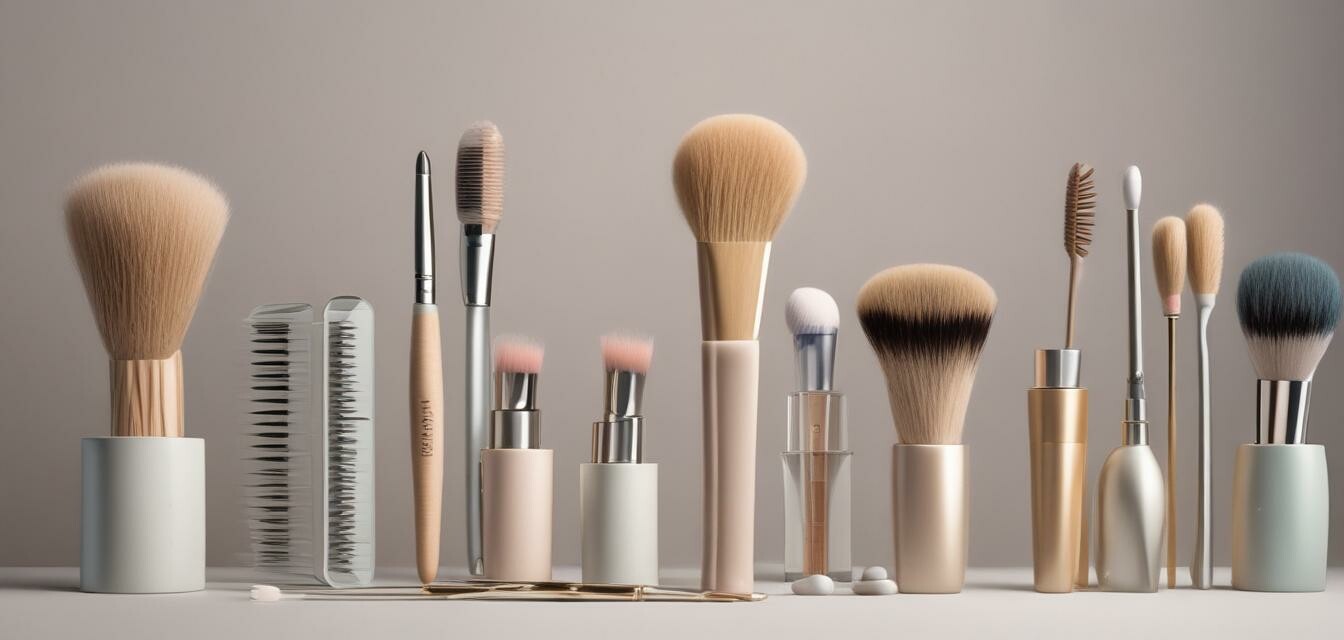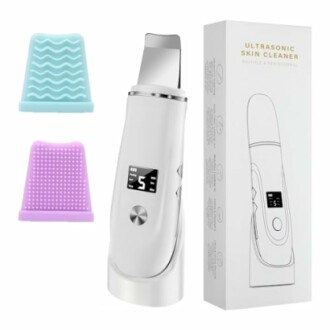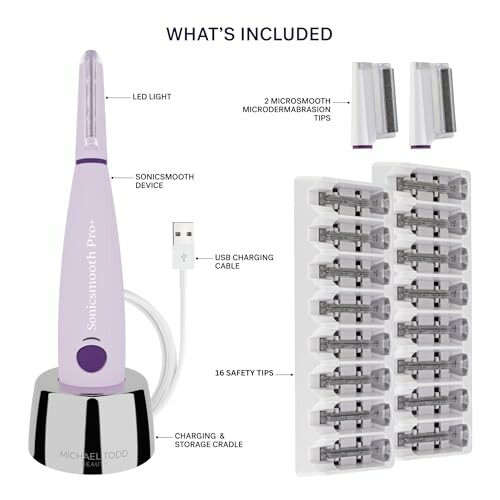
This article was generated using AI and is based on real customer reviews from the Amazon platform. It contains affiliate links, meaning we may earn a commission—at no extra cost to you. As Amazon Associates, we earn from qualifying purchases.
Important Hygiene Facts About Facial Tools
Key Takeaways
- Regular cleaning of facial tools is essential to prevent bacterial infections.
- Different tools require different cleaning methods to ensure proper hygiene.
- Using quality facial tools can enhance skincare effectiveness.
- It's important to replace tools regularly to maintain hygiene.
- Safe storage of tools is crucial for preventing contamination.
Hygiene is inextricably linked to skincare, especially when it comes to using facial tools. These tools can greatly enhance your skincare routine; however, improper maintenance can lead to skin issues and unsatisfactory results. In this article, we explore important hygiene facts about facial tools and how to effectively maintain their cleanliness.
The Importance of Facial Tool Hygiene
Facial tools, such as scrubbers, brushes, and dermaplaning devices, come into direct contact with your skin. Keeping them clean is crucial to:
- Prevent bacterial buildup
- Avoid skin irritation or allergic reactions
- Enhance the effectiveness of skincare products
- Increase the longevity of the tools
Types of Facial Tools
There are various types of facial tools, each serving a unique purpose in skincare:
- Blackhead removers
- Exfoliating brushes
- Facial scrubbing devices
- Dermaplaning tools
Specific Cleaning Requirements
Each type of facial tool requires a specific cleaning method. Here’s a quick guide:
| Tool Type | Cleaning Method |
|---|---|
| Blackhead Remover | Clean with alcohol wipes and rinse with warm water. |
| Exfoliating Brush | Wash with warm soapy water bi-weekly and let dry. |
| Facial Scrubber | Use a gentle cleanser and rinse thoroughly after each use. |
| Dermaplaning Tool | Sanitize with alcohol or disinfecting wipes after each use. |
Best Practices for Cleaning Your Facial Tools
Following these best practices will help ensure that your tools are always clean:
- Clean tools before and after use.
- Store tools in a dry, clean place to avoid contamination.
- Replace tools as recommended by the manufacturer.
- Integrate best practices for cleaning tools into your routine.
Understanding Bacteria and Your Tools
Many skincare tools can harbor bacteria that may lead to breakouts and skin infections. Regular cleaning is essential to minimize these risks. Here's how to mitigate bacteria buildup:
- Use tools designated for your skin type.
- Apply products with sterile hands or tools.
- Ensure that no product buildup occurs on your tools.
Recommended Facial Tools
When choosing facial tools, consider quality and hygiene. Here are two recommended products that stand out:
Skin Scrubber Face Spatula
A multifunctional tool designed for deep cleansing, optimizing product performance with warm massage technology.
Learn MoreSonicsmooth Pro+ Dermaplaning System
An advanced exfoliation and peach fuzz removal system that preps your skin for better product absorption.
Learn MoreConclusion
Maintaining hygiene with your facial tools is not just about cleanliness; it's about ensuring the best results from your skincare regimen. Proper handling, cleaning, and storage practices can make a significant difference in the effectiveness and lifespan of your tools. Also, don't forget to consult our resources such as the importance of beauty tool hygiene to deepen your understanding of this topic. By integrating these practices into your routine, you’ll enhance both your skin's health and your overall beauty experience.
Additional Resources
For further reading and more cleaning tips, check out the following resources:

